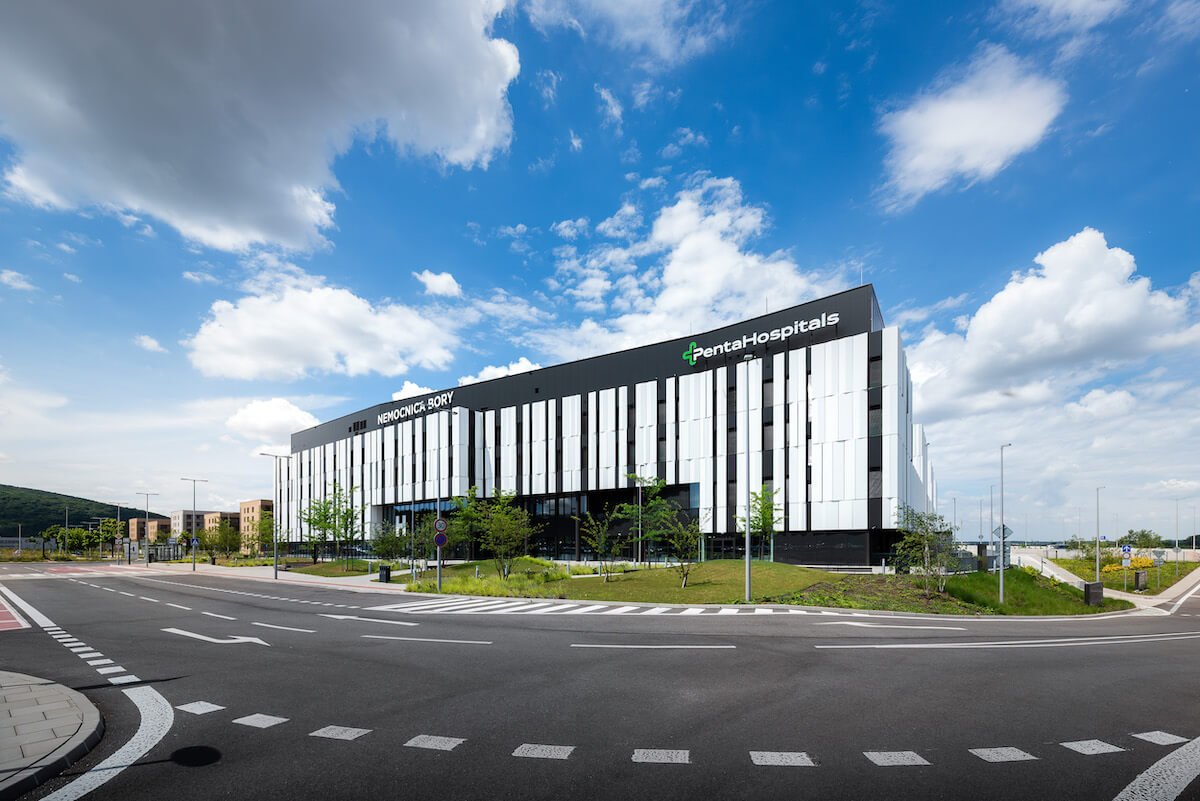Why does a hospital need internal logistics? Experience from Bory Hospital
Our company participated in the Metro Arch Camp 2025 conference in Poprad this June—an event that stands out for addressing current challenges in digitalization, automation, smart city management, and energy. Surrounded by experts and leaders from various fields, including healthcare, we had the opportunity to present our internal logistics solutions for Bory Hospital (Penta Hospitals).
Innovations in hospital logistics
During the Healthcare section, we showcased the internal logistics solution implemented at Bory Hospital in Bratislava (Penta Hospitals). We demonstrated how, in such a complex healthcare environment, the Internal Logistics System (ILS) and Warehouse Management System (WMS) function—from clear inventory management to precise control of material flows.




Invisible but Essential – Internal Logistics at Bory Hospital
Our CEO, Martin Jančo, presented Bory Hospital as an example of the most modern hospital in Slovakia, where logistics is not just a supporting activity but the backbone of operations. Thanks to the implementation of the WMS (Warehouse Management System) and ILS (Internal Logistics System), we achieved:
20% higher employee efficiency
20% less movement by logistics staff
70% reduction in administrative workload
Training time for new employees reduced to one-third
Optimized inventory management and minimized errors in the delivery of materials, medicines, and meals
Networking and sharing experience
As part of Metro Camp, Martin Jančo also participated in a panel discussion titled “Building Modern Hospitals in Slovakia – Banská Bystrica, Martin, Prešov. Challenges, Innovations, and Digital Transformation,” where we opened the topic of logistics as a key element in both planning and daily operations of next-generation hospitals.
Metro Camp 2025 confirmed that digitalization and effective inventory management are crucial for a modern and safe hospital. For us, this was not just a product presentation.
It was an opportunity to demonstrate what happens when technology is combined with a responsible approach to patients and modern healthcare.
In a hospital, it’s not just about a delayed component—it’s about health. And that’s why mistakes are not acceptable here.
